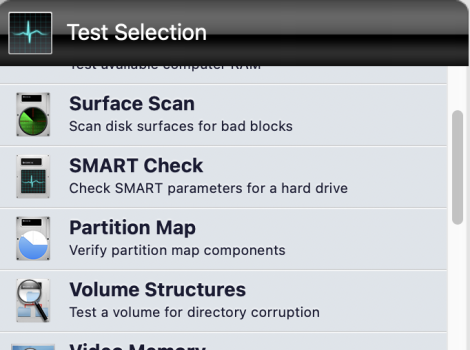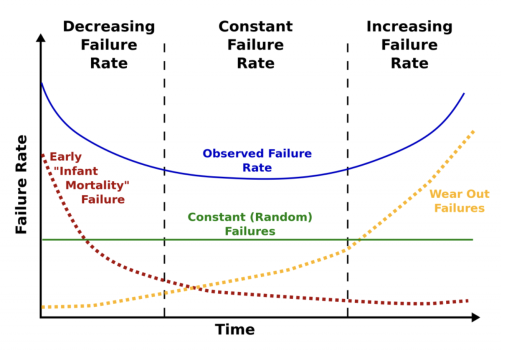Edit: Your drive could be half dead and Disk Utility would still say the operation is successful. Disk Utility is next to worthless for checking the status of a drive.
Indeed, they are different tools doing different things.
Disk Utility First Aid is checking for
corruption of the directory, and repairing if it can.
DriveDX and SMARTutility look at the
physical health of the drive by analysing the detailed SMART data sent by the drive, and reporting impending and anticipated failures, based on the SMART parameters. DriveDX and SMARTutiity do not check for directory corruption.
Disk Utility does report SMART status but does not analyse the SMART data for impending problems. So as you say by the time DU reports a SMART problem it is too late.
A physically failing drive may have a healthy directory and vice versa. But of course physical problems impact the directory structure sooner or later.
SoftRAID's writing/reading data is obviously another way to check but don't know if also reports SMART data. Other tools can do the same but I never have the patience to test a new drive this way, but sometimes use DriveDX.
Incidentally, Disk Utility always reports "Operation successful" even if it finds errors in the Directory Structure. It just means it was able to carry out the test successfully. If there are no errors it also says "Drive appears to be OK" a few lines above. It will also give the OK message if it only finds warnings.
At this time the
fsck routine used by DU First Aid is only way of checking directory health of APFS formatted drives. Techtool Drive Genius etc use fsck. The old faithful Diskwarrior only works with HFS+.



